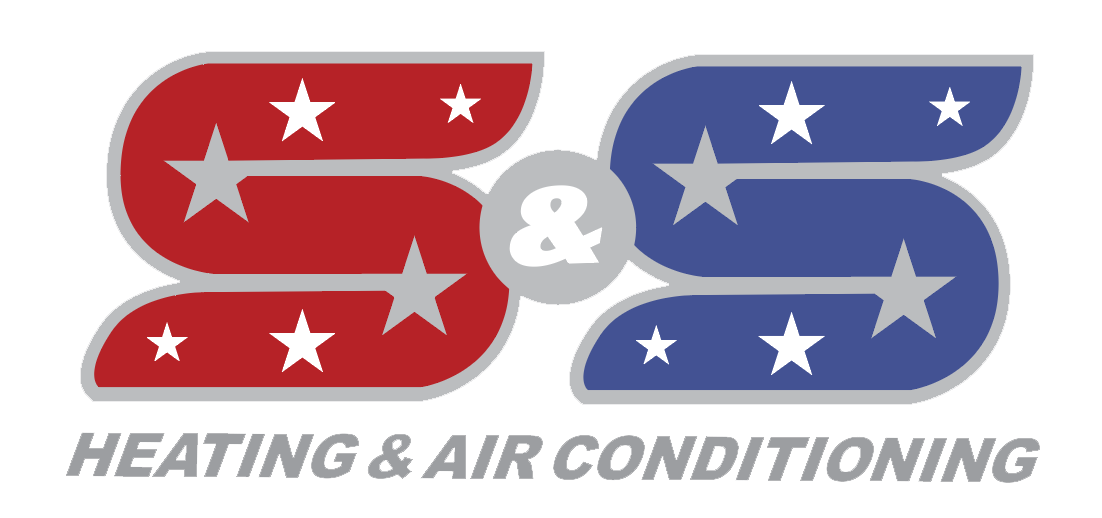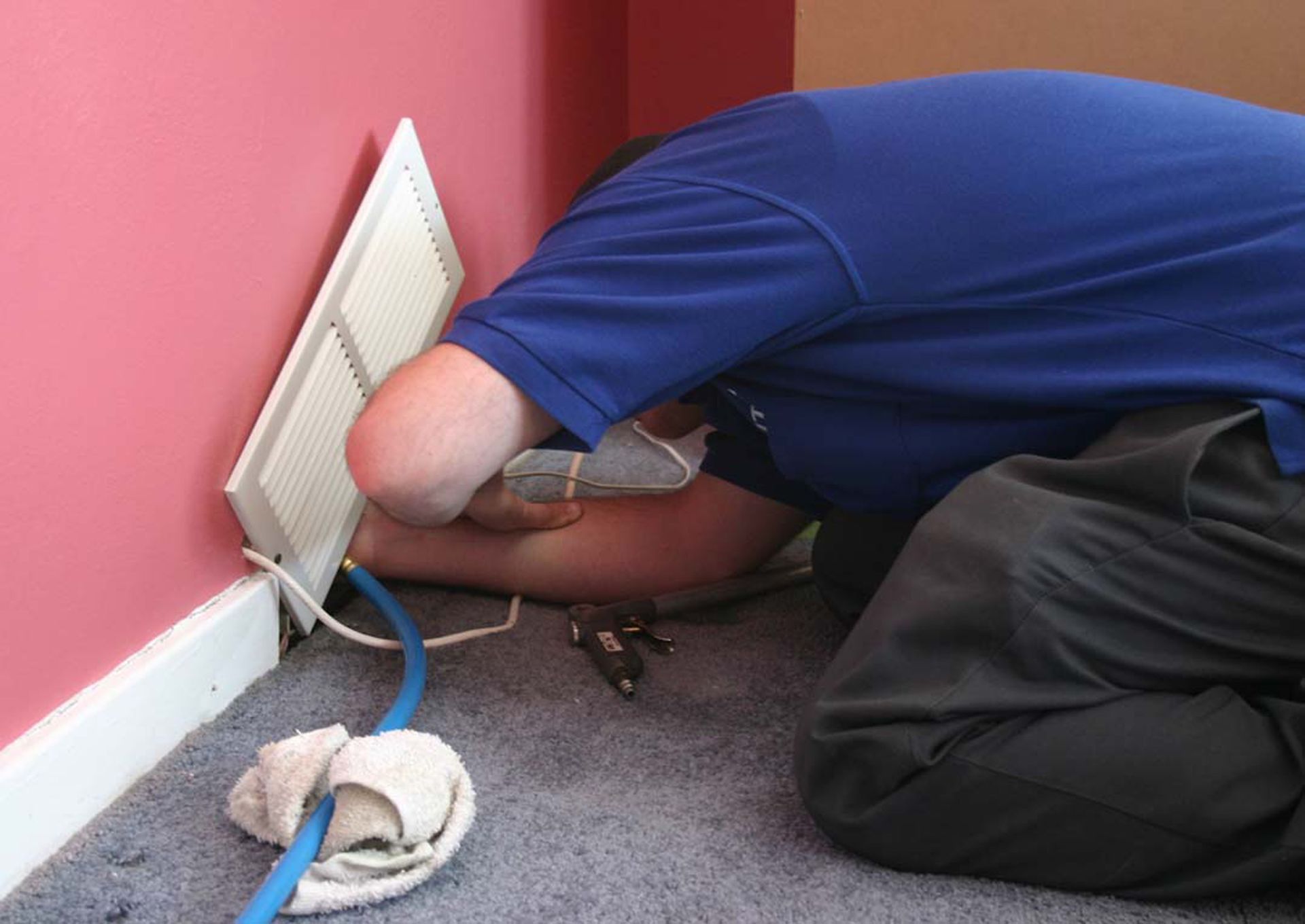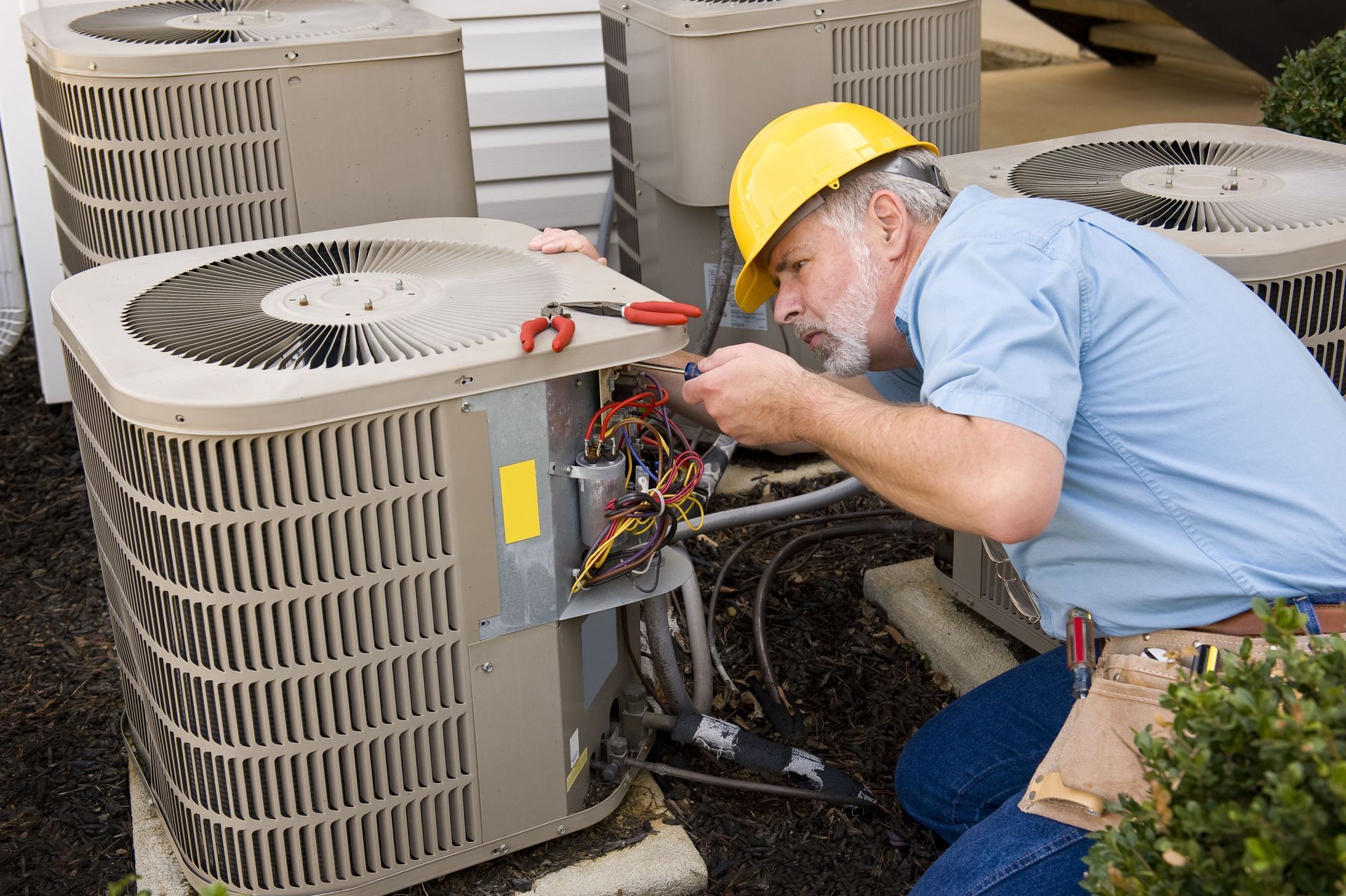The Importance of Regular Duct Cleaning for a Healthier Home
Keeping your home healthy and comfortable involves more than vacuuming carpets and dusting shelves. One often-overlooked task that can make a big difference is duct cleaning. Over time, air ducts collect dust, allergens, mold spores, pet dander, and debris. When the HVAC system runs, that polluted air circulates through every room. In this article, we’ll cover why regular cleaning matters, what you can expect from the process, and how it contributes to better indoor air quality and overall well-being.
Protect Your Family's Health
Air ducts act like the lungs of your home, distributing heated or cooled air throughout living spaces. When ducts are clogged with dust or debris, your HVAC system has to work harder, and pollutants get circulated into your breathing air. That can trigger allergies, asthma episodes, or respiratory irritation, especially for children, seniors, and people with existing health issues. By reducing dust and microbial particles, a cleaning helps maintain cleaner air, keeps HVAC energy use in check, and reduces the spread of irritants in your home environment. Regular duct cleaning can also contribute to a more consistent indoor temperature, preventing hot or cold spots caused by restricted airflow. Over time, it may help extend the life of your HVAC system by minimizing wear and tear on its components. Clean ducts can mean better comfort, improved efficiency, and fewer respiratory complaints in your household.
Watch for These Warning Signs
Not every home needs regular cleaning, but certain signs suggest it may be time to have your ducts serviced. For example, you may notice excessive dust settling on furniture shortly after cleaning, persistent allergy symptoms or respiratory discomfort indoors, or weak airflow from vents despite clean filters. Homes with pets that shed heavily or where odors linger when the HVAC runs may also need attention. Musty or unpleasant smells coming from vents can indicate trapped debris or mold growth inside the duct system. If you observe these conditions, it doesn’t necessarily mean your entire duct system is compromised, but it may be a sign that dust or debris is circulating through your air. A professional inspection can identify whether full duct cleaning would improve air quality and system performance.
Know What to Expect
A qualified duct cleaning service typically begins with an inspection and system evaluation to review your duct layout, filter condition, and any visible debris. Before starting the cleaning process, technicians seal or cover openings to prevent dust from spreading into your living areas. Then they use brushes, air whips, or pressure tools to agitate the debris and loosen particles stuck to the duct walls. A high-powered vacuum system is then used to extract the loosened material directly from the ductwork. After cleaning, technicians re-inspect the system to confirm everything has been cleared and restore any removed components.
Although it may take a few hours, a thorough cleaning can remove significant amounts of dust, depending on the system size and the level of buildup. The goal is to reduce allergens, improve airflow, and reduce strain on your HVAC system so it can operate more efficiently. In addition, professional cleaning helps uncover hidden issues such as leaks, pests, or mold that could impact system performance and indoor air quality.
Stick to a Schedule
According to The Spruce, cleaning your air ducts is generally recommended every three to five years. Several factors may influence how often you should clean your ducts. If you have indoor pets that shed dander, live in a dusty or pollen-heavy region, or have recently completed home renovations or construction, you may need more frequent service. Additionally, if someone in the household suffers from asthma, allergies, or other respiratory conditions, regular duct inspections and cleanings can support better indoor health.
This three-to-five-year interval aligns with other HVAC maintenance tasks such as filter replacements and routine inspections. By following this timeline, homeowners can maintain a consistent level of cleanliness without overdoing it. Keeping up with a schedule helps prevent dust and debris from reaching levels that affect system performance or indoor comfort. Neglecting routine cleaning may lead to decreased HVAC efficiency, lingering odors, or even microbial growth inside the ductwork. Over time, this can compromise both your indoor air quality and your system’s lifespan, making preventative care especially worthwhile.
Get More Than Just Clean Air
While the most obvious benefit of a cleaning is better air quality, there are several other advantages. For example, duct cleaning can extend the life of your HVAC system by reducing the buildup that causes wear on blower motors and coils. Improved airflow can also lead to lower energy bills because the system doesn’t have to work as hard to maintain your desired indoor temperature. In turn, this reduces the likelihood of mechanical problems and costly repairs.
Removing accumulated dust, mold spores, and pet dander can also help eliminate musty odors that might otherwise linger in your home. Many homeowners report that their homes feel fresher and more comfortable after having their ducts cleaned. Clean ducts can also reduce the amount of dust settling on furniture and floors, making routine cleaning easier and more effective. Over time, these changes contribute not just to a healthier indoor space but also to greater peace of mind, knowing that your home's air is safer to breathe. All of these improvements contribute to a more pleasant and healthier living environment.
Keep Air Clean Between Visits
Even if you schedule a cleaning every few years, maintaining good air quality in between visits is important. One of the most effective steps you can take is changing your HVAC filters every one to three months, depending on how often the system is used. Using high-efficiency filters rated MERV 8 to MERV 13 can help trap more airborne particles and prevent buildup inside the ducts.
In addition to changing filters, it’s a good idea to clean vent covers and vacuum the openings periodically. Managing indoor humidity is also important—aim to keep levels between 30 and 50 percent to discourage mold growth. Exhaust fans in kitchens and bathrooms can help control excess moisture and reduce indoor pollutants.
Finally, scheduling a yearly inspection of your HVAC system can alert you to developing issues such as leaks, gaps, or inefficient airflow that might allow dirt and debris to accumulate more quickly. Together, these habits can reduce the need for frequent duct cleaning and help you enjoy consistently clean air throughout your home.
Regular cleaning plays a key role in maintaining a healthier home and keeping your HVAC system operating efficiently. From improving indoor air quality and reducing allergy symptoms to cutting energy costs and extending equipment life, the benefits are substantial. By following the recommended schedule—about every three to five years—and combining it with good air quality practices at home, you can create a more comfortable and health-conscious environment for you and your family.
Taking a proactive approach to maintaining your ductwork helps prevent problems before they arise and contributes to long-term comfort and peace of mind. Clean air is an essential part of a healthy home, and duct cleaning is one more way to protect it.
Breathe easier with help from S & S Heating & Air LLC. If you’re noticing signs of poor air quality or it’s been a few years since your last service, now is a great time to schedule professional duct cleaning!




Share On: